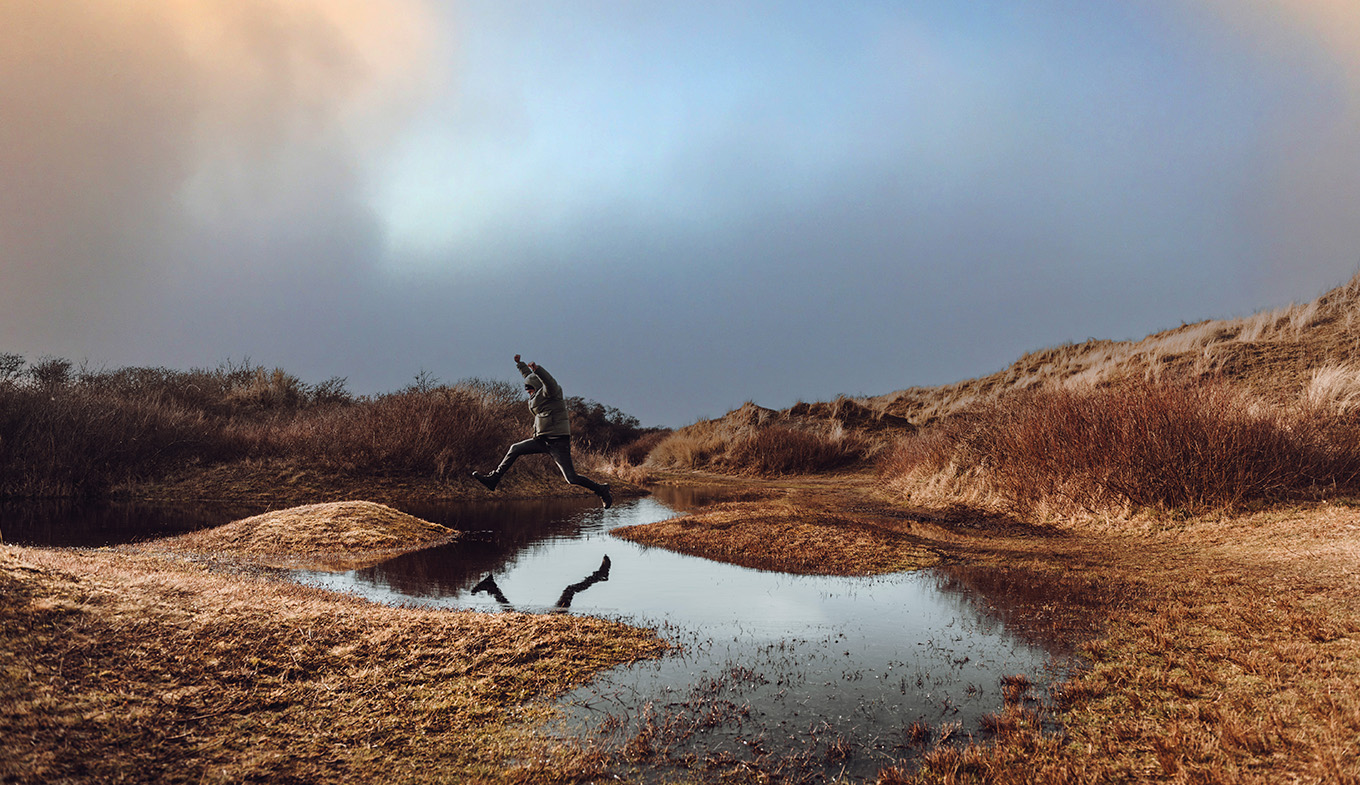
Dunes of Texel National Park
Flora & fauna
Due to the strong influence of the sea, Texel’s dunes are home to unique freshwater and saltwater plants growing side by side. In addition to an incredible variety of plants and beautiful flowers, you will also find a wide range of birds, reptiles, fish and mammals such as seals. With a total area of 43 square kilometres, there is a lot to see and experience.
The Mokbaai

As soon as you arrive by ferry, you have a direct view of the Mokbaai. This inland tidal salt marsh is often called a miniature Wadden Sea because of the mud flats, reeds and even a mussel bed. It is an important refuge for wading birds at high tide and a crucial foraging area for water birds at low tide. That’s why you will find bird reserves such as The Geul and The Petten next to the Mokbaai. The largest spoonbill colony in the Netherlands can also be found in The Geul. The bird viewing point offers a fantastic view of the mudflats and the salt marshes. Highly recommended for bird lovers!
De Hors, De Slufter and Ecomare

Within the dune region of Texel you will find several special nature areas, such as the De Hors sandplain, the Texel forests and De Slufter. Nature is given free rein at nature reserve De Hors, where you can admire the creation of dunes. The Slufter dune valley is connected to the North Sea and is home to unusual vegetation and an important breeding ground for many bird species. The streams in this area fill up at high tide and empty at low tide.
Want to learn about the unique nature of the Wadden? Then a visit to Ecomare should definitely be on your agenda. It offers an introduction to the wildlife of the Wadden Sea and North Sea. Ecomare is a nature museum, seal sanctuary, sea aquarium, bird sanctuary and dune park all in one. Seals that cannot survive on their own in the wild are cared for at Ecomare.
